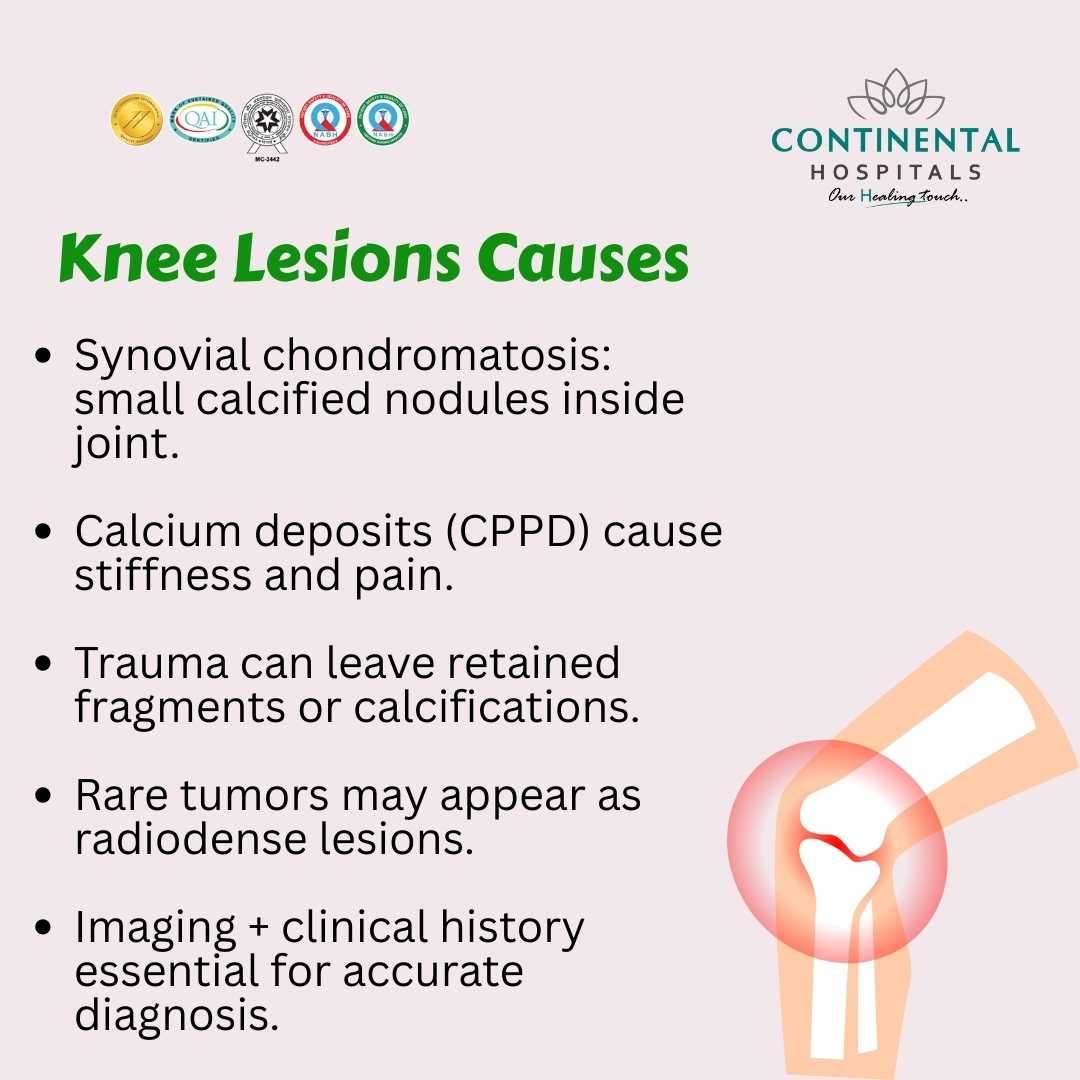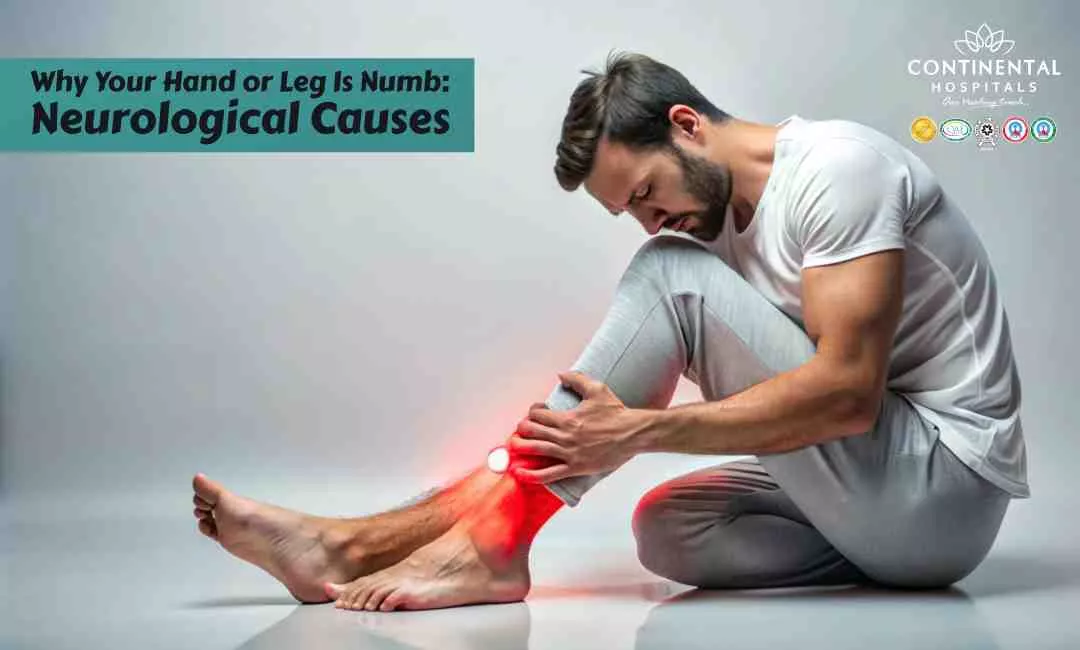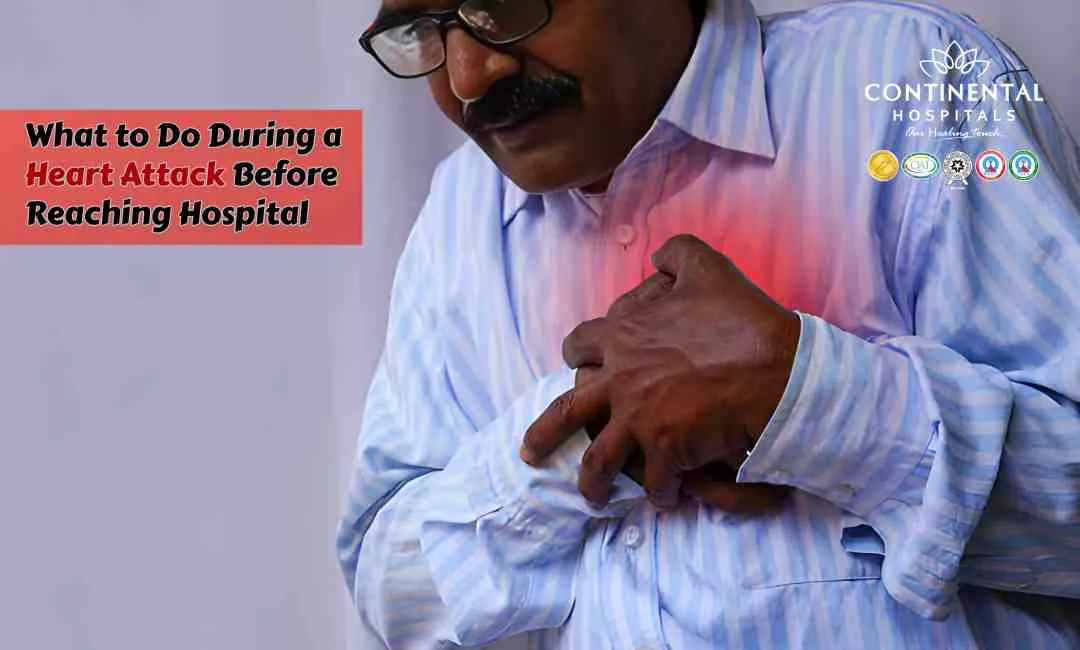Multiple radiodense lesions around the knee can be alarming when seen on an X-ray. These are areas that appear whiter than the surrounding bone or soft tissue because they are denser than normal. Understanding what causes these lesions is crucial for accurate diagnosis and effective treatment. Let’s break down the common causes and explain why timely care matters.
What Are Radiodense Lesions?
Radiodense lesions are spots on an X-ray that appear brighter than surrounding areas. In the knee, they can form within the bone, the cartilage, or around soft tissues. The causes vary from harmless changes to serious conditions that require immediate attention.

Common Causes of Radiodense Lesions Around the Knee
Calcification from Osteoarthritis
Osteoarthritis often causes tiny calcium deposits in cartilage or ligaments around the knee. These deposits are visible as radiodense spots. They develop over time due to wear and tear of the joint and are usually associated with pain, stiffness, and reduced mobility.
🥗 Healthy Plate Challenge
🍽 Add Your Favorite Dish
Pick Your 6 favorite foods, eat, and see the results.Drag & drop foods onto your plate.
Drop Food Here
Synovial Chondromatosis
This is a condition where small pieces of cartilage break off inside the joint and become calcified. These calcified pieces, often called "loose bodies," appear as multiple radiodense lesions. Patients may notice swelling, locking, or a popping sensation in the knee.
Calcium Pyrophosphate Deposition Disease (CPPD)
Also called pseudogout, CPPD involves the accumulation of calcium crystals in the joint cartilage. These crystals cause joint inflammation, pain, and stiffness, especially during flare-ups. On X-rays, CPPD can show as radiodense lines or spots within the cartilage.
Old Trauma or Fracture Healing
Past injuries can leave behind calcified fragments or bone irregularities. These show up as radiodense lesions and may sometimes cause lingering pain or limit movement if the fragments irritate surrounding tissues.
Bone Tumors
Some benign and malignant tumors can appear as radiodense spots around the knee. Benign tumors such as osteochondromas are usually painless, while malignant tumors may cause swelling, persistent pain, or rapid changes in the knee structure. Early diagnosis is essential for effective treatment.
Metabolic or Systemic Conditions
Conditions like hyperparathyroidism can lead to abnormal calcium deposits in bones and joints. These deposits may appear as radiodense lesions on X-rays and can be accompanied by bone pain or weakness.
How Are These Lesions Diagnosed?
If an X-ray shows multiple radiodense lesions, doctors may recommend additional imaging such as MRI or CT scans to better understand the size, location, and nature of these lesions. Blood tests may also be done to check for metabolic conditions or inflammatory markers. A proper diagnosis is essential because treatment varies depending on the underlying cause.
Symptoms to Watch For
- Not all radiodense lesions cause symptoms, but some may present as:
- Persistent knee pain or swelling
- Limited range of motion
- Locking or catching of the knee joint
- Warmth or redness around the joint
- Sudden flare-ups of pain if crystals or fragments irritate the joint
If you notice these symptoms, it is important to seek medical care. Early intervention can prevent further joint damage and improve mobility.
Treatment Options
Treatment depends on the cause of the lesions.
Lifestyle Management and Physical Therapy: Mild osteoarthritis or CPPD can benefit from exercises, strengthening routines, and lifestyle adjustments.
Medication: Anti-inflammatory medications may help manage pain and swelling caused by crystal deposits or arthritis.
Surgical Intervention: In cases of synovial chondromatosis, large loose bodies, or tumors, surgery may be needed to remove calcified fragments and restore knee function.
Rehabilitation: Post-treatment rehabilitation is crucial to regain strength, flexibility, and mobility.
Vitanova Rehabilitation Center at Continental Hospitals
Continental Hospitals offers specialized rehabilitation through its Vitanova Rehab Center. This center focuses on comprehensive care for knee injuries and joint conditions. The rehab programs are designed to restore strength, improve mobility, and reduce pain after surgery or injury.
At Vitanova, patients receive personalized therapy plans including:
- Guided exercises tailored to knee conditions
- Pain management techniques
- Balance and mobility training
- Support from experienced physiotherapists
This approach ensures faster recovery, better joint function, and long-term protection against future injuries.
Why Choose Continental Hospitals?
Continental Hospitals combines expert medical care with advanced technology and personalized rehabilitation. The hospital has a team of orthopedic specialists who diagnose and treat knee conditions with precision. With facilities like the Vitanova Rehab Center, patients can recover safely and regain confidence in their mobility.
The hospital’s multidisciplinary approach ensures that every patient receives care that addresses both immediate concerns and long-term health. From accurate diagnosis to rehabilitation, Continental Hospitals covers the full spectrum of knee care.
When to See a Doctor
If you notice persistent knee pain, swelling, locking, or difficulty moving, it is important to consult an orthopedic specialist. Early diagnosis can prevent complications and improve your quality of life.
Conclusion
Multiple radiodense lesions around the knee can result from various conditions, ranging from harmless calcium deposits to serious tumors. Accurate diagnosis and proper treatment are essential to protect joint health and maintain mobility. Continental Hospitals offers expert care and advanced rehabilitation through the Vitanova Rehab Center, ensuring patients receive comprehensive treatment and recover effectively.
If you experience persistent knee pain, swelling, or any unusual symptoms, consult aour best orthopedic specialist at Continental Hospitals today for evaluation and personalized care.
.webp)














